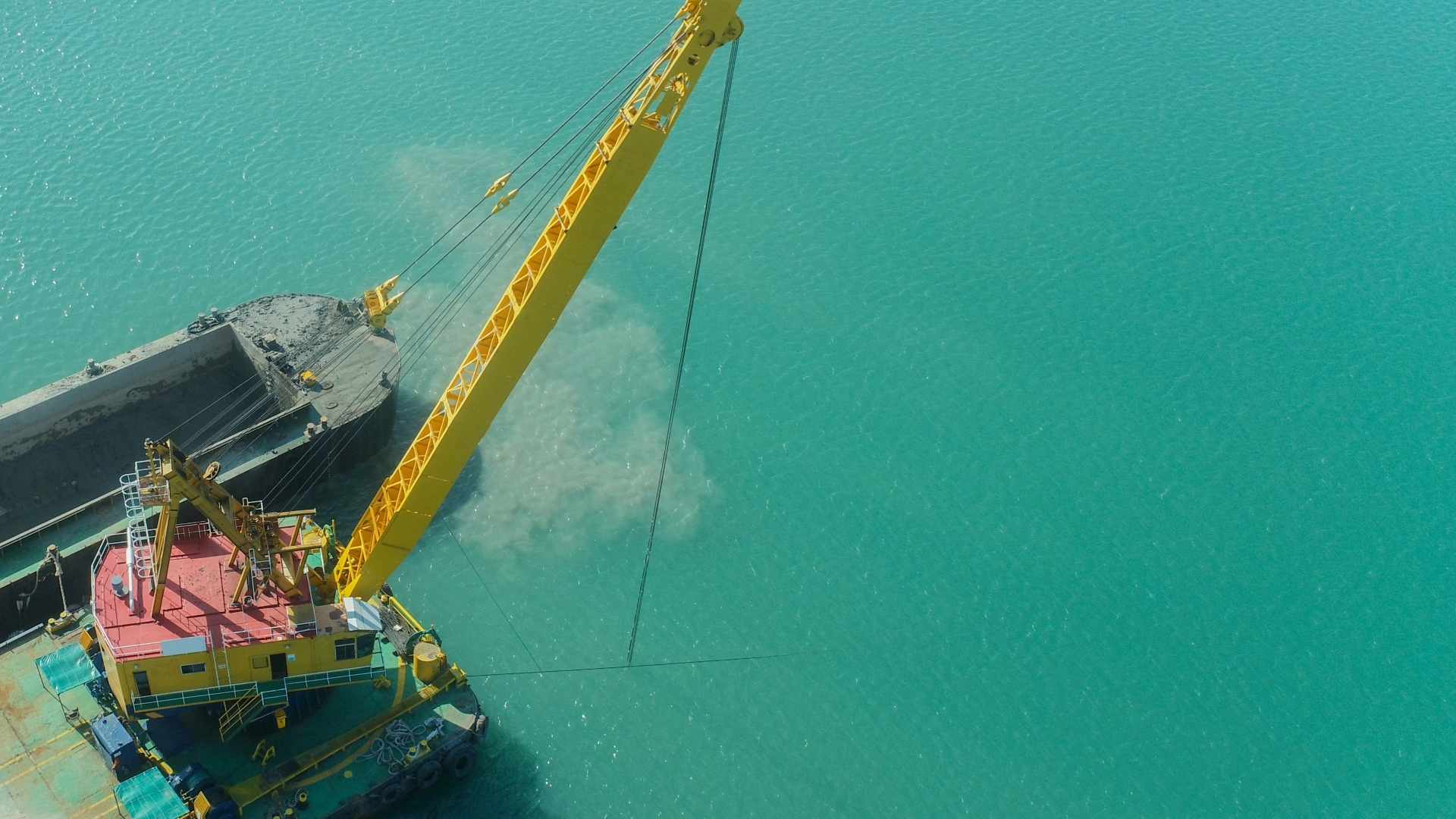Introduction
After a brief pause during Hurricane Erin’s passage, dredging in Bogue Inlet has resumed, bringing renewed focus to navigation safety, shoreline protection, and coastal management in North Carolina. The project, led by the U.S. Army Corps of Engineers (USACE), involves channel dredging to reposition the main navigational route between Emerald Isle and Bear Island. Town officials and local boaters alike see this effort as vital for maintaining both safe passage and the ecological stability of the surrounding shoreline.
Why Channel Dredging Matters in Bogue Inlet
Bogue Inlet, a dynamic waterway connecting the Atlantic Ocean with the sound, serves as a crucial channel for recreational boaters, commercial fishing, and tourism-driven activities. Over time, shifting sands and storm events cause sediment buildup and rerouting of currents. Without consistent dredging, channels can become shallow or misaligned, increasing the risk of boat groundings, accidents, and damage to sensitive coastal areas.
Channel dredging in particular ensures that the navigational path remains deep, centrally located, and predictable for vessels. For boaters navigating between Emerald Isle and Bear Island, this means reduced travel time, less risk of running aground, and a safer journey overall.
The Sidecast Dredging Method
For this project, USACE is using sidecast dredging, a technique well-suited for inlets like Bogue. Unlike conventional dredging, which often requires transporting sediment to designated disposal sites, sidecast dredging relocates sand from the navigational channel to nearby areas within the inlet system.
According to Emerald Isle Town Manager Frank Rush, the strategy will essentially “move” the channel to a more central position, creating a clearer and more reliable route in and out of the inlet. At the same time, the placement of dredged material helps protect the vulnerable point area by reinforcing nearby shorelines and reducing the erosive impact of waves and tides.
This method of dredging is cost-effective, less disruptive, and serves a dual purpose: improving navigation while also enhancing coastal resilience.
Hurricane Erin’s Impact
The passage of Hurricane Erin temporarily stalled operations, but also underscored the importance of maintaining flexible, well-managed waterways. Storms accelerate shoaling—when sand and sediment accumulate in channels—making dredging an urgent task once weather conditions allow work to safely resume.
By restarting so quickly, USACE demonstrates its commitment to ensuring that the inlet remains accessible. For local boaters, charter operators, and emergency responders, having a safe, navigable channel immediately after storm season is critical.
Benefits for Boaters and the Community
The channel dredging effort at Bogue Inlet carries multiple community-wide benefits:
- Safer Navigation: A realigned, deeper channel reduces the risk of accidents for recreational boaters, fishermen, and commercial operators.
- Time Efficiency: A direct, central channel cuts down on unnecessary detours and makes access to the Atlantic quicker and smoother.
- Shoreline Protection: By relocating the channel, dredged material is strategically placed to reduce erosion and preserve the integrity of the inlet’s point.
- Economic Value: The region’s tourism and fishing industries rely on reliable waterway access. Dredging keeps businesses operating smoothly and supports the coastal economy.
Rush emphasized that this project represents both a safety measure and a long-term strategy to safeguard the point area, which has seen pressure from wave action and shifting sands.
Environmental Considerations
While dredging provides immediate benefits, it also requires careful planning to minimize impacts on the environment. Bogue Inlet is home to diverse marine life, shorebirds, and sensitive coastal ecosystems.
Sidecast dredging offers a balance between human and ecological needs. By placing dredged material within the inlet system, natural sediment transport processes remain intact, and nearby habitats benefit from restored sand supply. Environmental monitoring ensures that turbidity levels, water quality, and wildlife impacts remain within acceptable limits.
Looking Ahead
The current round of dredging is expected to wrap up later this month or early September, depending on weather conditions. Once complete, the realigned channel should remain stable through the busy fall boating season and into the winter months.
However, like many coastal inlets, Bogue will continue to require periodic channel dredging to counteract the natural forces of wind, tide, and storms. Town officials and USACE will likely evaluate the channel’s performance over the coming year, adjusting future dredging schedules as needed.
A Model for Coastal Resilience
Bogue Inlet’s project highlights the importance of adaptive dredging strategies in the face of climate variability and increasing storm activity. By employing innovative techniques like sidecast dredging, coastal communities can achieve multiple goals—ensuring safe navigation, protecting vulnerable shorelines, and sustaining local economies that depend on open waterways.
For Emerald Isle and Bear Island, this project is more than routine maintenance. It is a proactive investment in safety, resilience, and community well-being. As the inlet reopens with a safer, more central channel, it serves as a reminder of the essential role dredging plays in coastal life.
